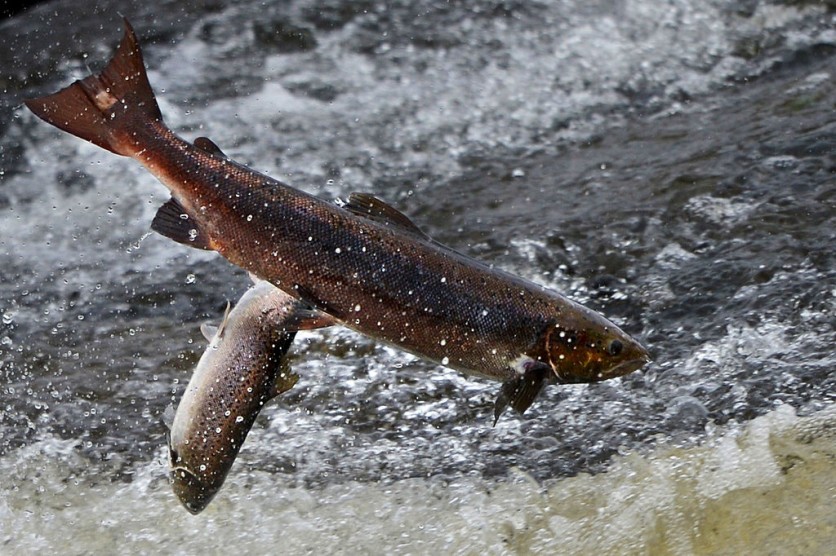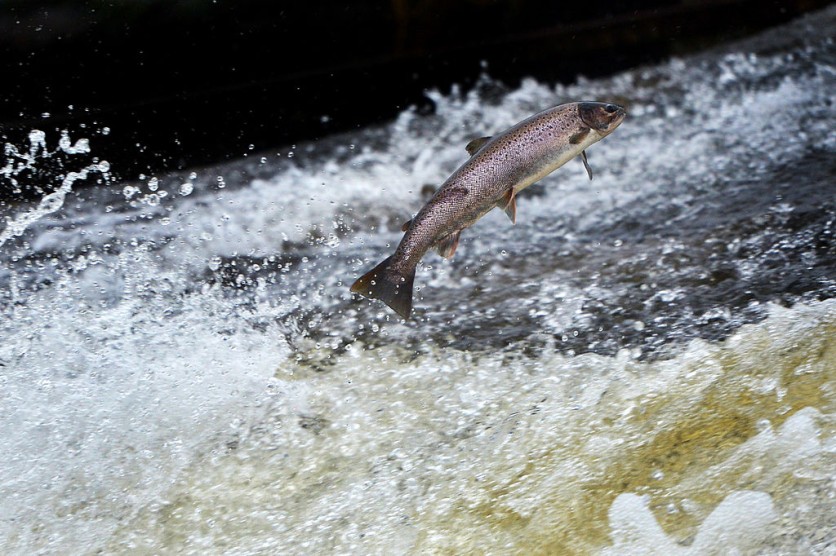
Invasive Pacific salmon were introduced to Russia's the White Sea in the 1950s, and they have subsequently migrated along Norway's coastline and into its rivers.
A fish-identifying gate with AI capabilities has just been erected on a Norwegian river in an effort to reduce the quantity of these fish, as reported first by New Atlas.
The invasive Pacific salmon have a quicker reproductive cycle in addition to spreading new diseases to native Atlantic salmon. As a result of their rapid population growth, they are now competing with Atlantic salmon for food and spawning habitats.
Hence, the Pacific salmon population is growing quickly while the Atlantic salmon population is shrinking.
Addressing Invasive Fish With AI
To address this aquatic problem, Huawei has teamed up with Norway's Berlevg Jeger-on Fiskerforening (BJFF, or Berlevg Hunter and Fisherman's Association) as part of the company's TECH4ALL sustainable development initiative.
The project involves installing a mechanical gate in the Storelva River in Norway's upstream section, where fish are directed when swimming upriver from the sea.
An AI-powered system is used to evaluate real-time video from an underwater camera positioned in the passageway leading to the actual gate, and it is able to distinguish between Atlantic and Pacific salmon with an impressive 91 percent accuracy rate, according to Huawei.
The gate is opened so the fish can move up the river if the system determines that a particular fish is an Atlantic salmon or a native Arctic red-spotted salmon.
The gate stays closed, and the fish is directed into a holding tank for "removal" if it is determined to be a Pacific salmon.
The system can also recognize different species of fish, which are probably also permitted past the gate. Studies on migratory trends and local population sizes could benefit from the data acquired on all fish species that the system detected.
"This is a unique innovation, both in Norway and globally," BJFF President Geir Kristiansen said in a statement.
"With this high-tech solution, we have complete control of the river. Local river managers and local and central administrations along the coast have also shown great interest in the project."

Related Article : Scientists Create A 'Robot Fish' That Eats Microplastics - Will It Solve Plastic Pollution?
This article is owned by Tech Times
Written by Joaquin Victor Tacla
ⓒ 2025 TECHTIMES.com All rights reserved. Do not reproduce without permission.




